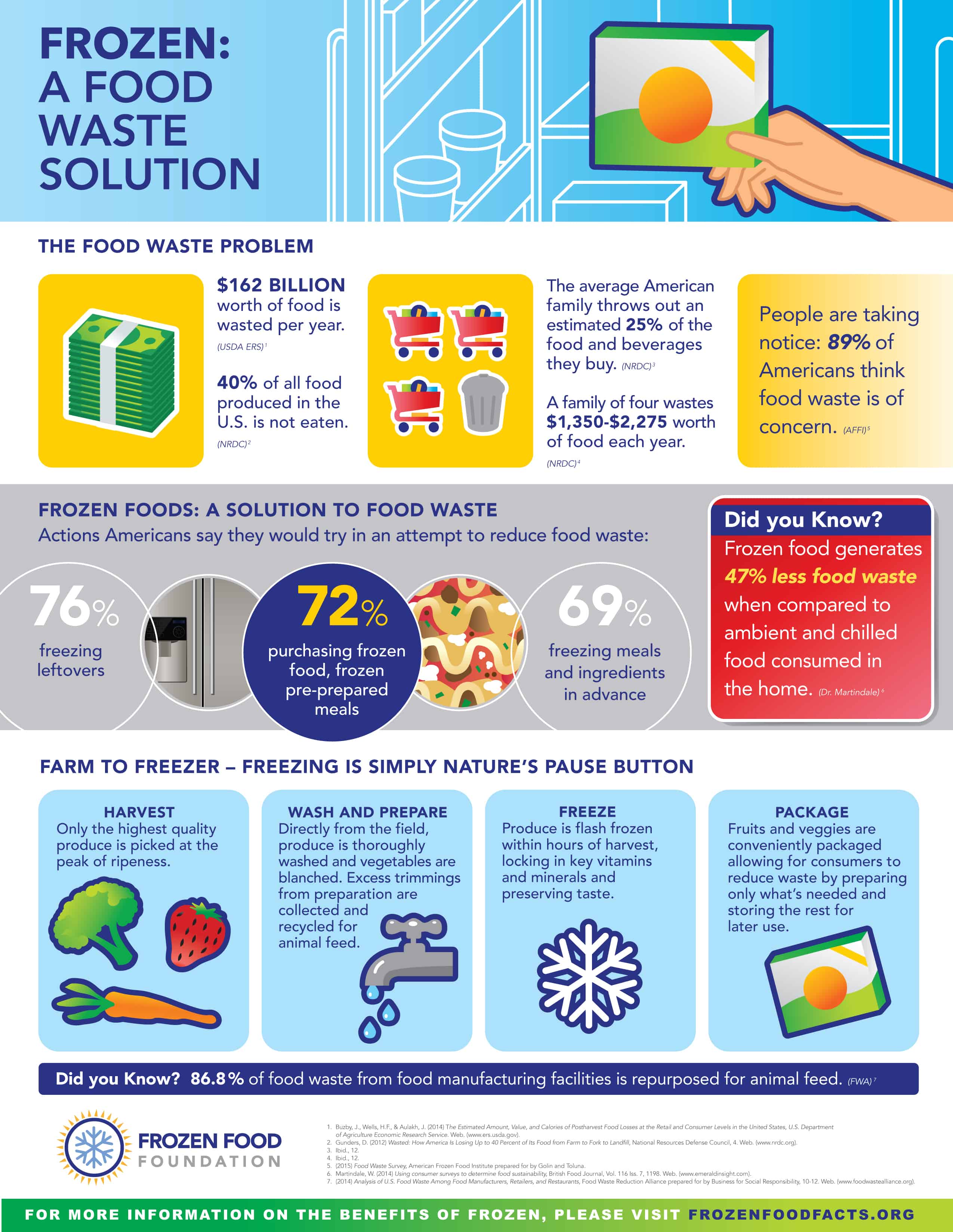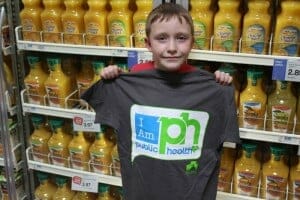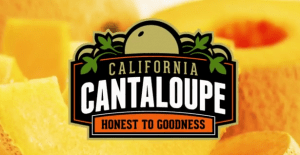As of this writing, you — along with 90 percent of your fellow Americans — are under stay-at-home orders due to the coronavirus pandemic. The orders are in place to minimize physical contact between people which is how the virus spreads.
Under these stay-at-home orders, procuring food remains an essential activity. For many people, food delivery is an attractive option. For others, particularly those on a tight budget, and those who may view grocery shopping as one way to experience some sense of normalcy, their local food retailer is their source for food and other basics for isolating at home.
Grocery Store Visits: Planning for Perishables
Buying food in bulk helps you limit the number of trips you need to make to the store, possibly reducing exposure to others who potentially could be carrying the coronavirus.
Fight BAC! is here to help you out with a few essential tips on buying and storing bulk perishables, and how managing for food safety at home can keep you healthy and minimize food waste.
As you consider your food budget and how to efficiently use the food you have at home, we have some great resource suggestions:
- The USDA SNAP-ED program on meal planning and food budgeting.
- My Plate is also a good source for tips on getting the most out of the food dollars you’re spending, plan meals for balanced nutrition, and reduce food waste.
Shopping for Perishables
Now, let’s get shopping for those perishables. Make a list of what you are planning to buy – and link it to specific meals or healthy snacks you’ve planned.
Check your refrigerator and freezer before your grocery trip:
- Do you really need more meat, poultry, fish and eggs?
- Do you have items in the freezer that could be safely thawed and worked into a meal?
Before you go to the store is a great time to review what you have, and plan to buy items that allow you to put together a meal from the foods you have in the freezer.
BYOB: Bring Your Own Bags to the Grocery Store
On your trips, plan to use your own bags – preferably quality canvas totes that have just been freshly laundered. During the coronavirus outbreak some stores are not allowing customers to bring their own reusable totes. You may want to check with your retailer before you go.
Now is a great time to get into the habit of laundering your totes on a regular basis – and not storing them in your trunk or outdoors. Invest in sturdy totes that hold up well to laundering.
Buying Bulk Fruit: How Long Will It Last?
Retailers are reporting significantly increased sales of 5-pound bags of apples, oranges and other fresh produce.
Be aware of how long fruits and vegetables will last.
- Plan to only buy what you will be able to consume or prepare for freezing.
- Apples will last 3 weeks if stored at cool temperature, and 4-6 weeks if refrigerated.
- Oranges and other citrus is best if eaten within 20 days if refrigerated.
Produce safety expert Trevor Suslow’s article covers safe handling of produce with coronavirus. Remember – running tap water and clean hands are all you need to rinse your fresh fruits and vegetables.
Meat & Poultry Coronavirus Bulk-Buying Tips
Buying larger family-sized trays of beef, pork, and chicken products is a common way to stock up, save money and have important basic protein on-hand for preparing family meals.
If you buy bulk meat and poultry, and you plan to divide it up for freezing portions, keep in mind this important and often-overlooked recommendation: you want to retain the original package label. Why? Should there be a later recall of a meat or poultry product, you will then know if you have that product in your refrigerator based on identifying marks.
Keep the Label
One suggestion is to cut the labeling off the large package, and put it, along with your store receipt if possible, in a plastic sandwich bag, marking on the bag the date of purchase. Mark each of the portions you plan to freeze with an identifier so you will know it was part of the bulk tray you purchased.
When there is a recall of a meat or poultry product, you’ll be able to identify the product in your freezer if you’ve kept this label information.
The retailer imprint area should include the product name, brand name (not all meat and poultry is under a brand name), establishment number, product weight/size, lot code and date code.
Keep the label information in a safe place where you will be able to check it in the event of a recall involving products you commonly buy.
Wrapping Meat & Poultry Properly
Wrap separate pieces of meat or poultry in foil or plastic bags, then place all wrapped or bagged portions into a larger freezer bag or foil wrap. Press all air out of the bag or foil package and label the package with the identifying information and date you froze.
Even though these products can be kept for about a year in the freezer, for quality and flavor remember to plan meals that will use these products within about four months.
Fresh meat and poultry should not be kept in the refrigerator very long before you use it or freeze it. For poultry just 1-2 days and for cuts of meat just 3-5 days maximum. For safety and quality, make sure your refrigerator is at 40 F or below. Your refrigerator temperature is important to reducing risk of food poisoning.
What About Deli Meats? How Long Can I Store Them?
Once you open a package of deli meat, you have only 3-5 days to consume it. Unopened deli meats keep at proper refrigeration for two weeks.
For your many other perishables, including eggs, dairy and other products, the USDA-Food Marketing Institute Food Keeper can help you navigate how long these foods can be kept for safety and quality. The Food Keeper is available as a mobile app, too.
Everyone has a role in food safety! And consider this: It is never a good time to have to visit your doctor because you or your loved one has a foodborne illness. But now is an especially bad time to require medical attention.
Limit your exposure by staying home, and have the entire family be up-to-speed on the Clean, Separate, Cook and Chill practices.
Shelley Feist is Executive Director of the non-profit Partnership for Food Safety Education.



